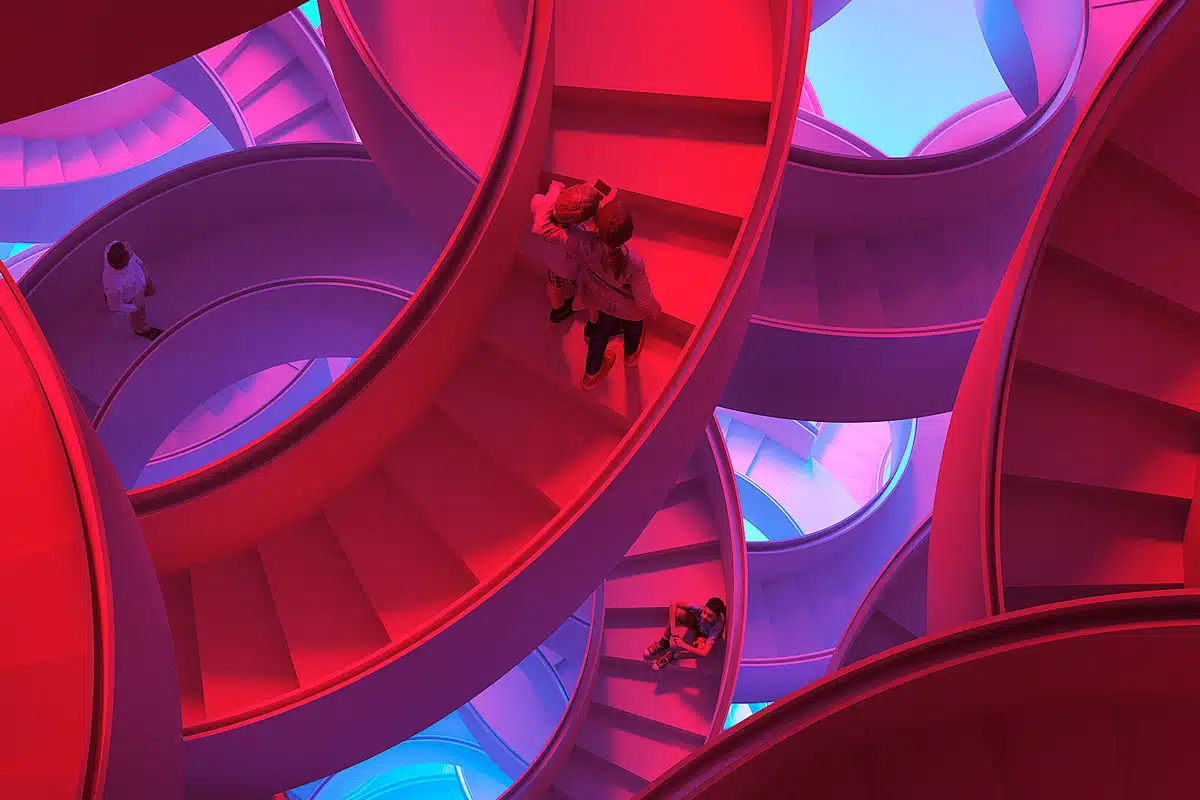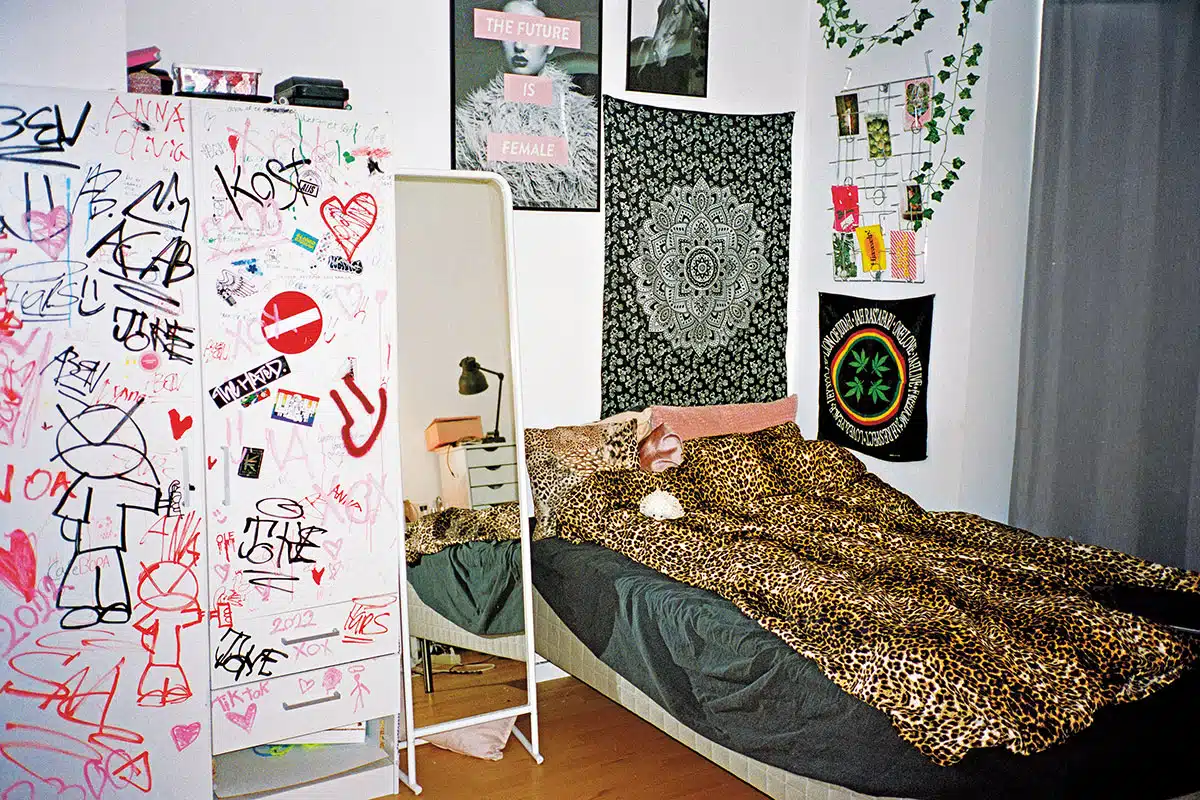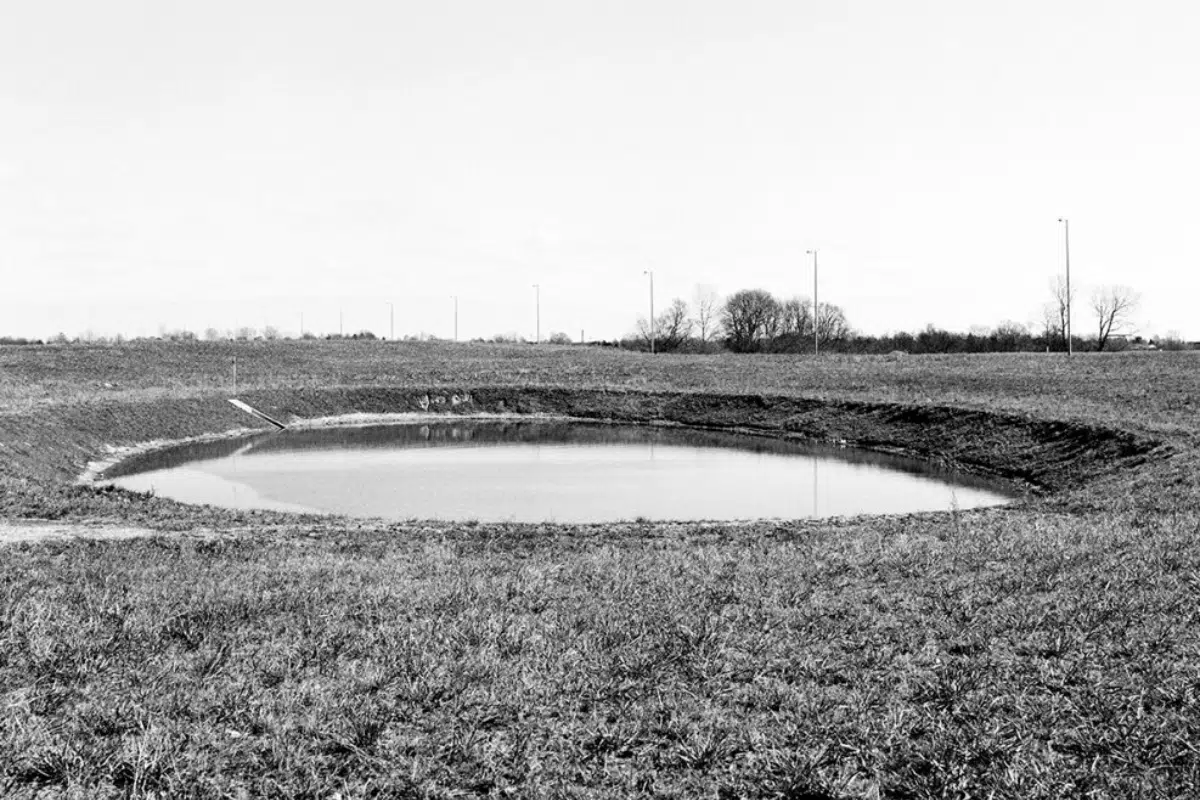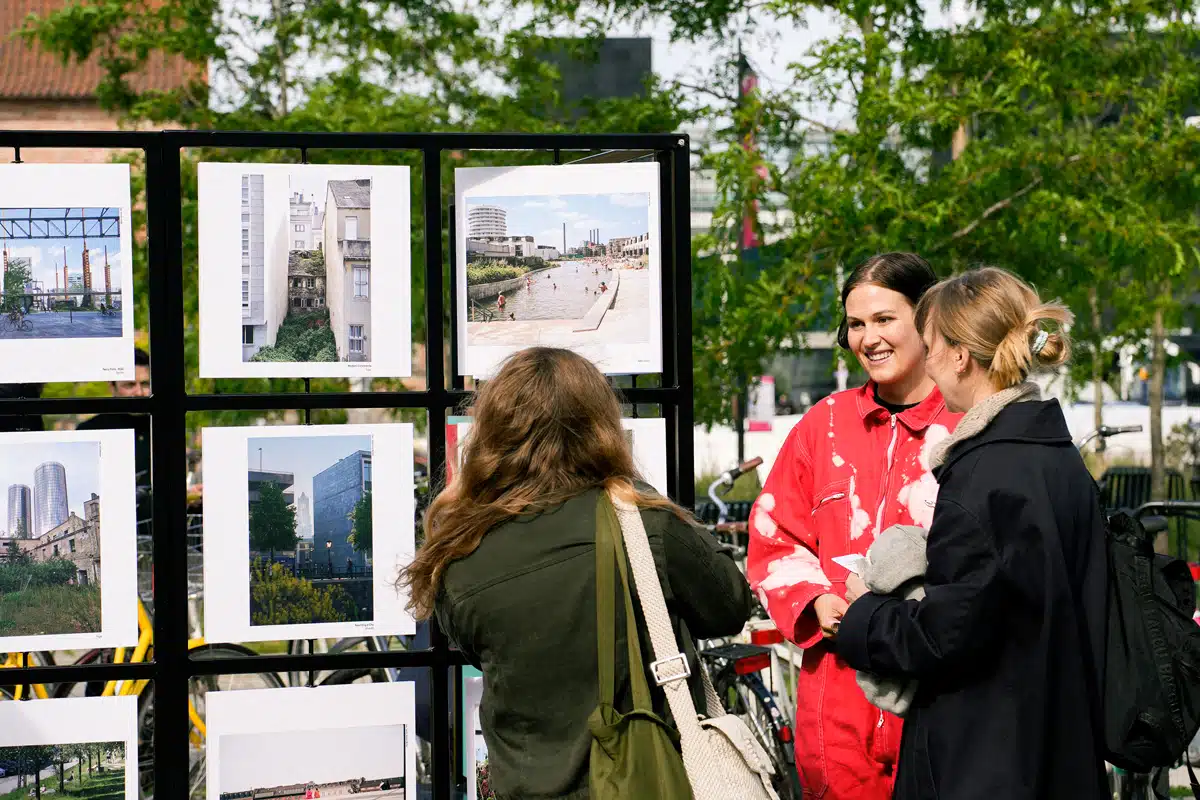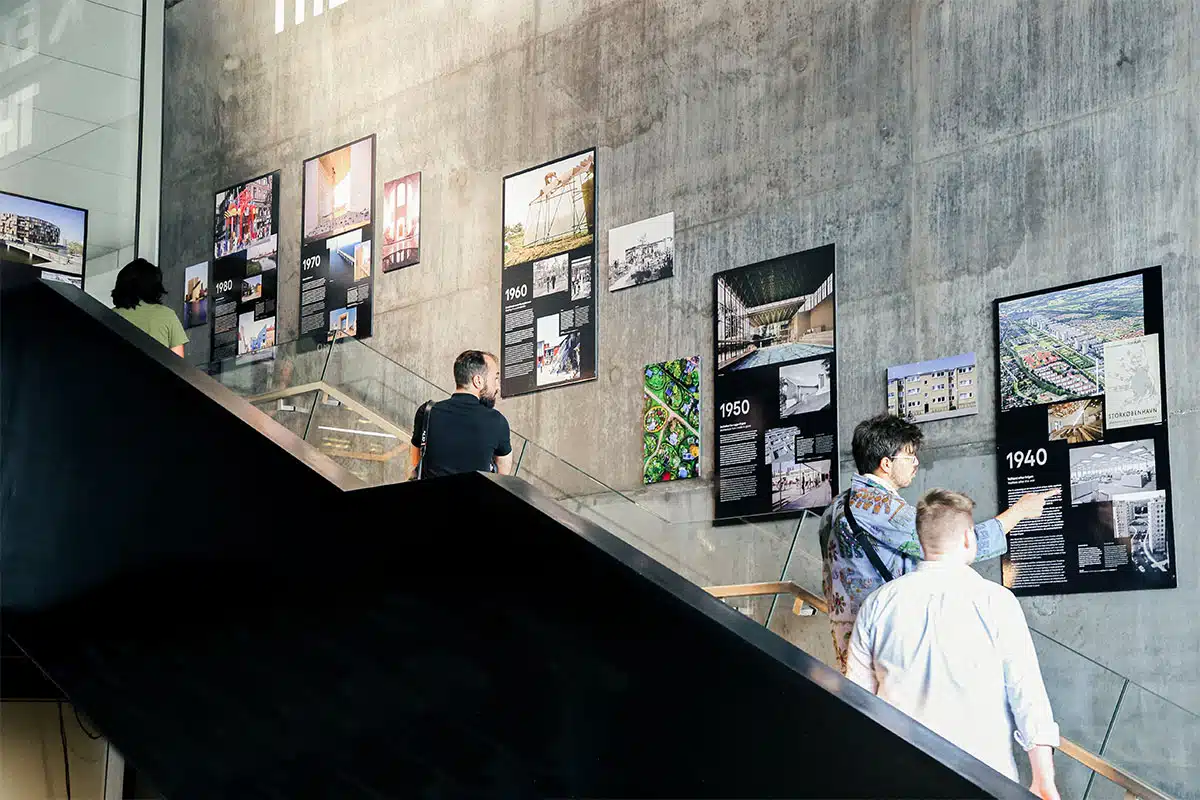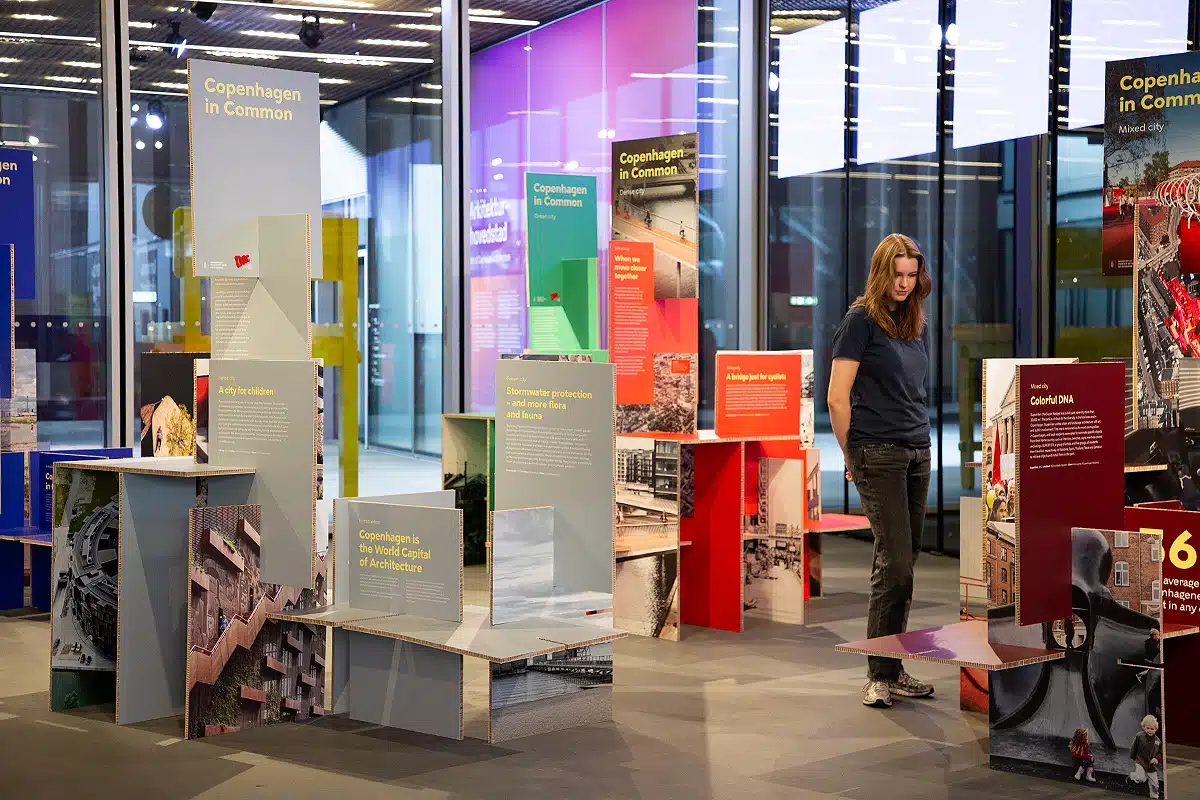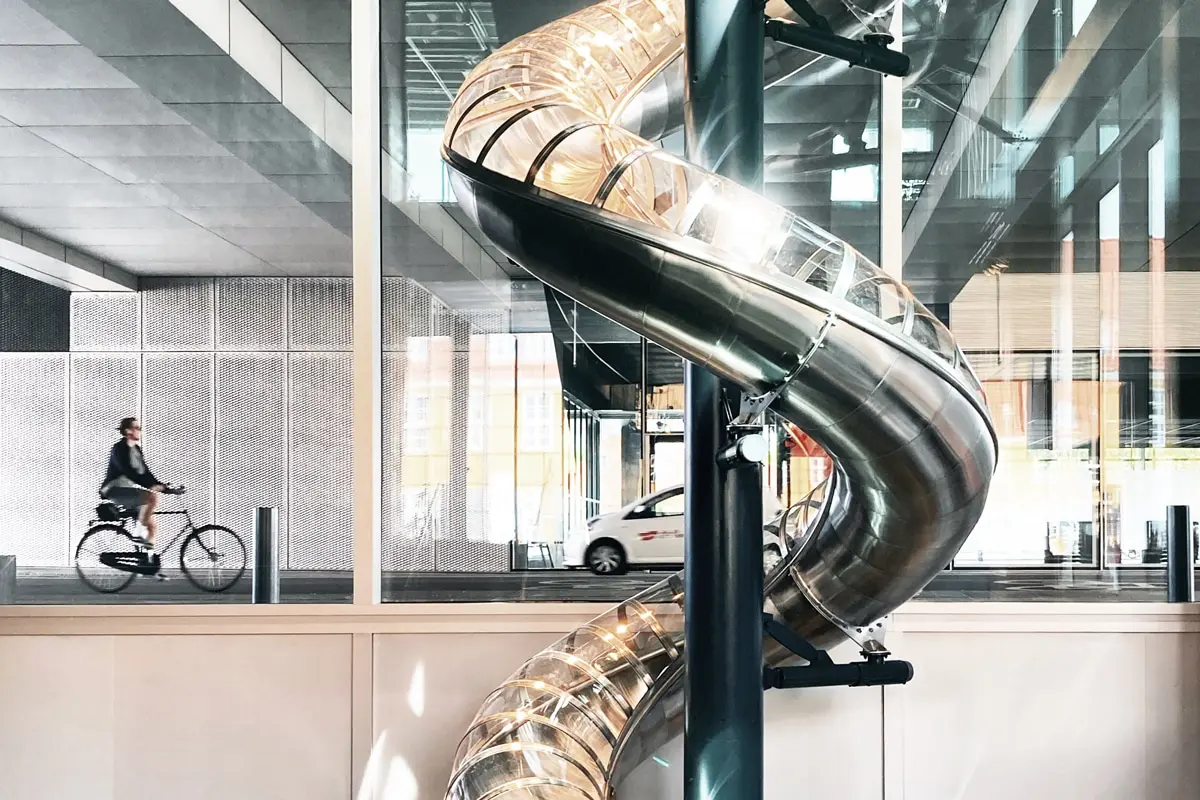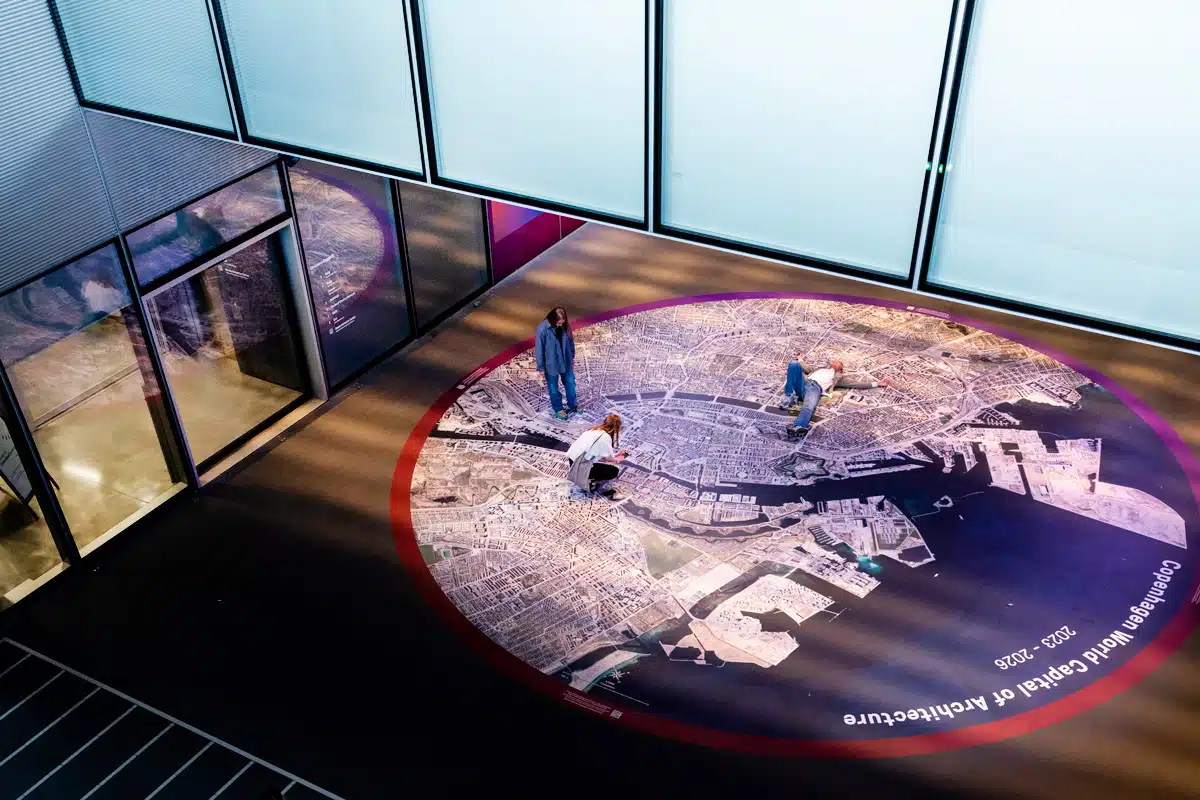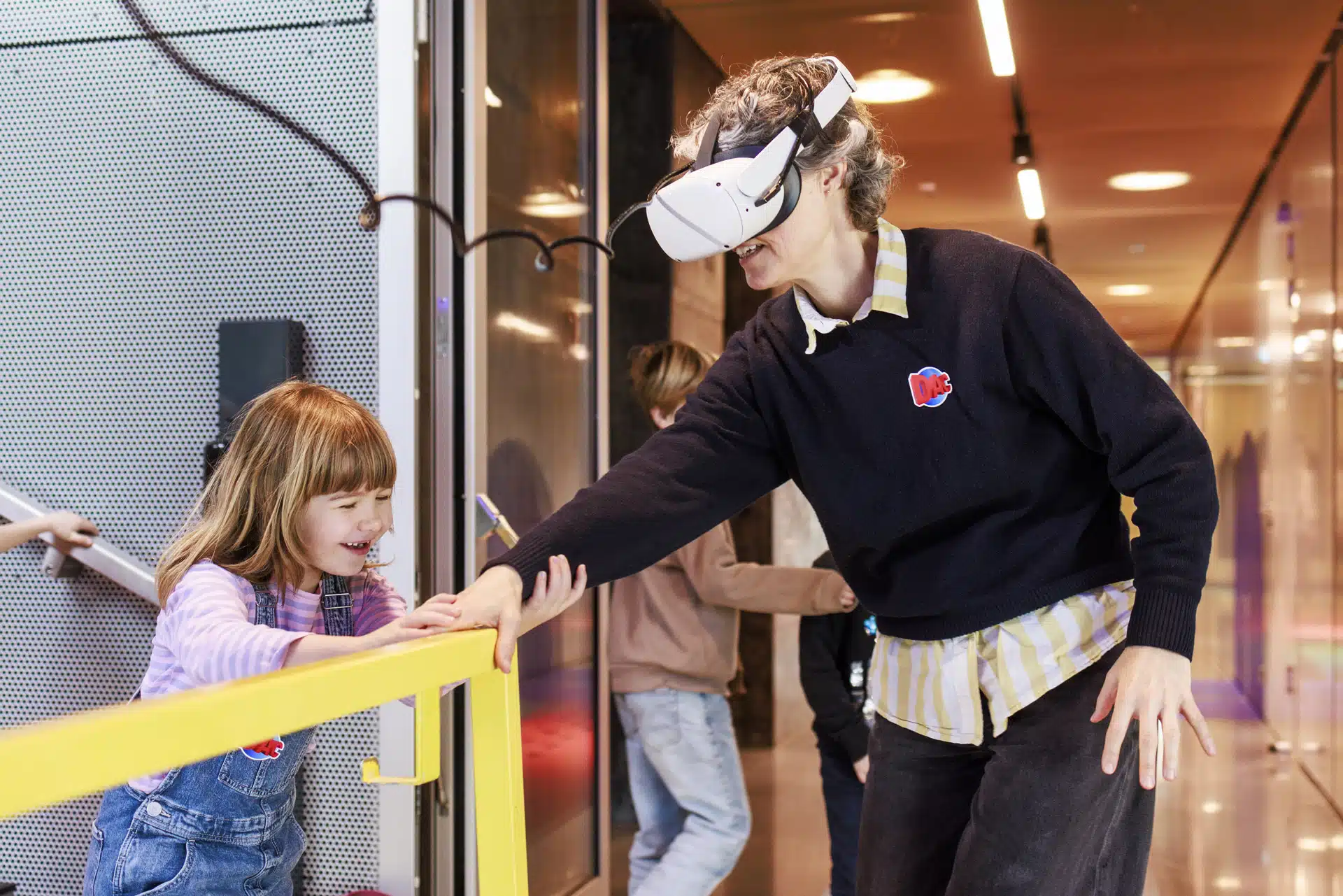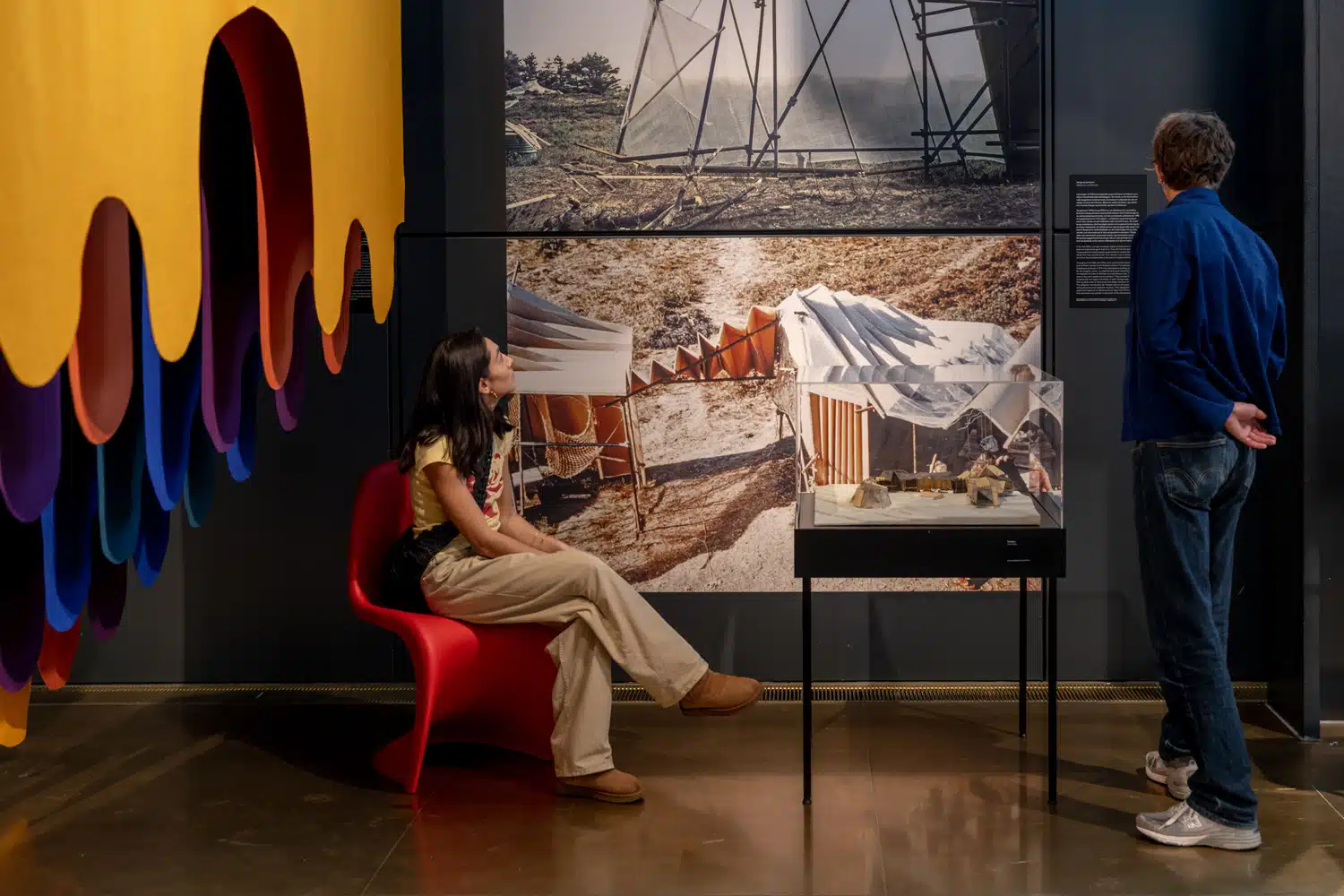Exhibitions
Aware – Architecture and Senses
March 22 – September 15, 2024
Experience architecture in spatial installations that challenge you to consider the relationship between spatial atmospheres and human emotions.
Teenage Dreams
June 12, 2024 – January 5, 2025
The exhibition Teenage Dreams offers a glimpse into the future of teenage bedrooms. Designing for teenagers means designing for a generation whose values will shape our future. Experience three installations by talented young Danish designers. These installations offer insights into how contemporary challenges impact and alter teenagers’ needs and desires for their personal spaces.
True Nature
May 24 – November 17, 2024
Fire dam. Depot landscape. Flood barriers. Visual artist and architect Christina Capetillo is fascinated by the man-made landscape that characterizes our contemporary world. Experience her pragmatic yet poetic black and white landscape photographs in the exhibition.
Note! This is a small-scale photo exhibition
Capture Your City – New Beauty
June 6 – October 1, 2024
Capture Your City is a photo competition and exhibition where participants interpret the city with their camera, just as it looks right now. This year, we invite everyone to capture a new and more sustainable beauty.
Read more about Capture Your City
Note! This is an outdoor photo exhibition
So Danish! – mini
From June 12, 2024
This mini exhibition is a selection composed based on our large, permanent exhibition on Danish architectural history, So Danish!, which is temporarily closed due to water damage.
Read more about So Danish! – mini
Note! Smaller exhibition
CPH in Common – mini
From June 1, 2024
This small scale exhibition is a distillation of our large, critically acclaimed 2023 exhibition Copenhagen in Common.
Read more about CPH in Common – mini
Note! This is a free mini exhibition
Permanent installations
DAC Slide
Permanent art installation
Challenge your senses on a unique 40-meter, 4-story spiral slide.
The City Map
Aerial photo of Copenhagen
Start your exploration of Copenhagen’s architecture on the floor just beneath BLOX. Here, you can walk around on a gigantic aerial photo of the city and get a complete overview.
We Dare You
Permanent VR installation
Do you dare to take the plunge? We challenge you to an out-of-building experience in virtual reality.
Upcoming exhibitions
So Danish!
Denmark’s national gallery of architecture
The exhibition is temporarily closed, as a result of water damage.
So Danish! is Danish Architecture Center’s first permanent exhibition on Danish architecture. The exhibition unfolds the history of Danish architecture from the Viking Age to present day and gives you the opportunity to travel into the architecture and understand how absolutely vital it is to our democratic society.
Water
October 7, 2024 – March 23, 2025
Water shows what kind of reality we look into when the water comes. Should we pull away from the coast? Should we entrench ourselves or should we live with the water?
Around the world
La Biennale di Venezia 2025
2025
Venice, Italy
Architect Søren Pihlmann has been selected as the curator for the Danish Pavilion at the Architecture Biennale in Venice in 2025. The exhibition at the Danish pavilion will seek to answer the question: “Can we keep on building the world without building anew?”
